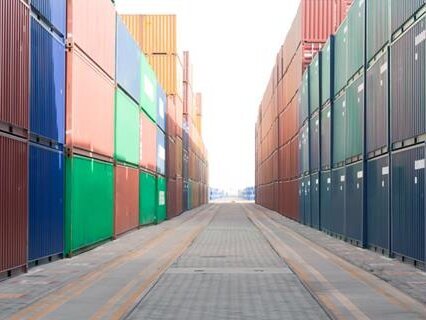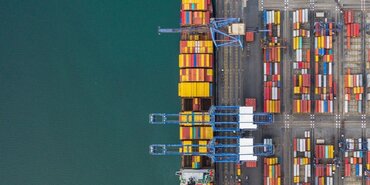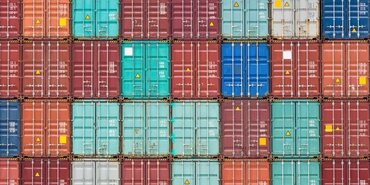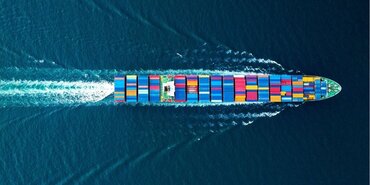TT Talk: Industry reports shed new light on container losses at sea
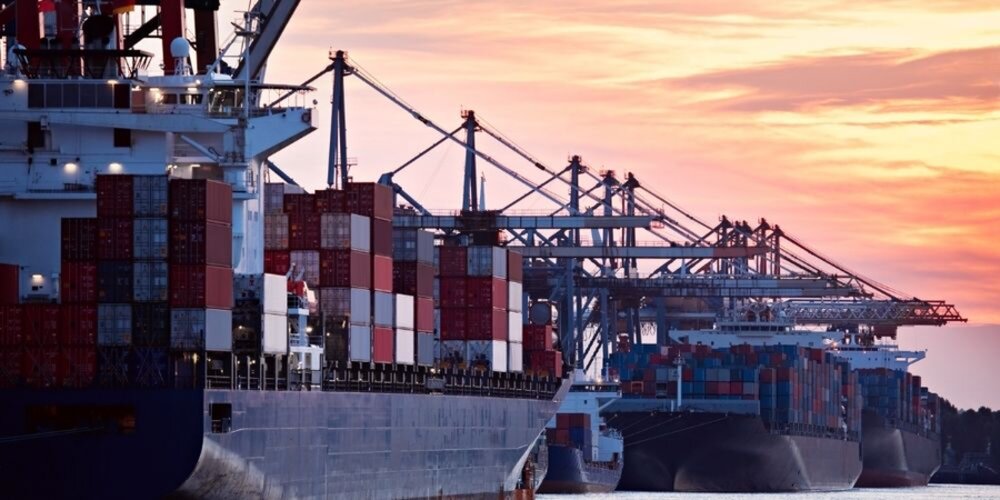
The volume of freight containers lost overboard at sea continues to fluctuate. Each incident is a stark reminder to everyone in the transport and logistics sector of the need to take steps to prevent such losses, recognising that every lost container can have major environmental, financial and reputational impacts for supply chain actors. TT Club continues to support efforts to mitigate risk through participation in intergovernmental and industry led groups targeted at understanding and addressing the associated risks.
Latest incident data
The World Shipping Council (WSC) reported in June 2025 that:
576 containers were lost at sea last year (2024), representing 0.0002% of the approximately 250 million containers transported.
And while this is up from the 221 reported lost in 2023, it remains well below the 10-year average of 1,274.
Reported losses include incidents that occurred in severe winter weather conditions in August 2024 off the coast of South Africa. WSC commented that a major driver for the 2024 rise in incidents was a 191% increase in container ship transits around the Cape of Good Hope to avoid Red Sea attacks. Disruption through the Red Sea route looks set to continue necessitating the use of the notoriously challenging alternative.
Incident analysis
In May 2025, the International Maritime Organization (IMO) published an in-depth analysis of container ship casualties (III 11/INF.3), covering incidents reported to the IMO Global Integrated Shipping Information System between 2011 and 2022. These included nine cases involving the loss of 484 containers. Amongst the cited external factors were inevitably prevailing weather conditions, high waves and high winds.
The analysis found that container loss or damage commonly occurred at ships’ sterns due to a combination of hydrodynamic forces, ship motion and structural stresses. IMO said that structural flexing of the hull at the stern increases the stress on twist locks and lashings, which increases likelihood of failure. Parametric rolling (a potentially violent combination of pitching and rolling), resonance effects and sudden course changes also amplify these risks, making the stern particularly vulnerable to container losses in bad weather.
Safety initiatives continue
As TT Club reported in a TT Talk on container loss last year, IMO will implement mandatory reporting of lost containers at sea from 1 January 2026. This new regulation, an amendment to SOLAS Chapter V and MARPOL Protocol I, requires ships to report container losses and observations of drifting containers, helping to improve navigational safety and mitigate environmental impact.
In June 2025 the Marine Research Institute Netherlands (MARIN) published a summary report from its 3.5 year joint industry project TopTier: Securing Container Safety, in which TT Club participated. That study included an analysis of 44 incidents over the past 20 years, involving the loss of nearly 10,000 containers, which revealed that parametric rolling was the most likely cause of large incidents.
The TopTier report also found that single bay losses were often due to local failures and stack resonance. The TopTier project involved extensive physical testing, including high-definition models of container ships in wave tanks. As well as confirming ships’ parametric rolling behaviour, testing through the project identified other variables of interest including the impact of accurate verified gross mass information, adherence to the loading plan, lashing gear and corner castings.
Furthermore, surveys and interviews with over 1,500 sea and shore personnel revealed challenges in overseeing the container stowage plan execution and its validation, predicting vessel response to certain weather conditions and the inconsistent use of navigation software tools.
Key recommendations from the project included
- implementing operational guidance for proactive avoidance of off-design conditions such as parametric rolling
- harmonising performance and functional standards for onboard lashing software
- improving inspections of lashing gear and containers
- recognising the use of onboard lashing software in rules and regulations
- including multi-bay stack resonance effects in container securing computations
- addressing uncertainty in container stowage positions
- improving the enforcement of verified gross mass requirements.
Conclusion
Containers continue to be lost at sea – and every single loss has potentially severe environmental, financial and reputational implications for everyone involved in the supply chain. All transport and logistics professionals need to collaborate on reducing the risk. MARIN’s recent TopTier report recommendations are clearly a good place to start and already form a key input to IMO’s consideration of what regulatory enhancement may be made, which will continue to be debated at the forthcoming session of IMO’s Sub-Committee on Carriage of Cargoes and Containers in September this year.
For further insight into the TopTier joint industry project, listen to the latest edition of the TT Live podcast in which Josh Finch speaks to Project Manager Jos Koning of MARIN.
Documents
TT_Talk_-_Edition_326__Chinese_.pdf (681 kB) 08/10/2025
- Author
- Mike Yarwood
- Date
- 04/09/2025
